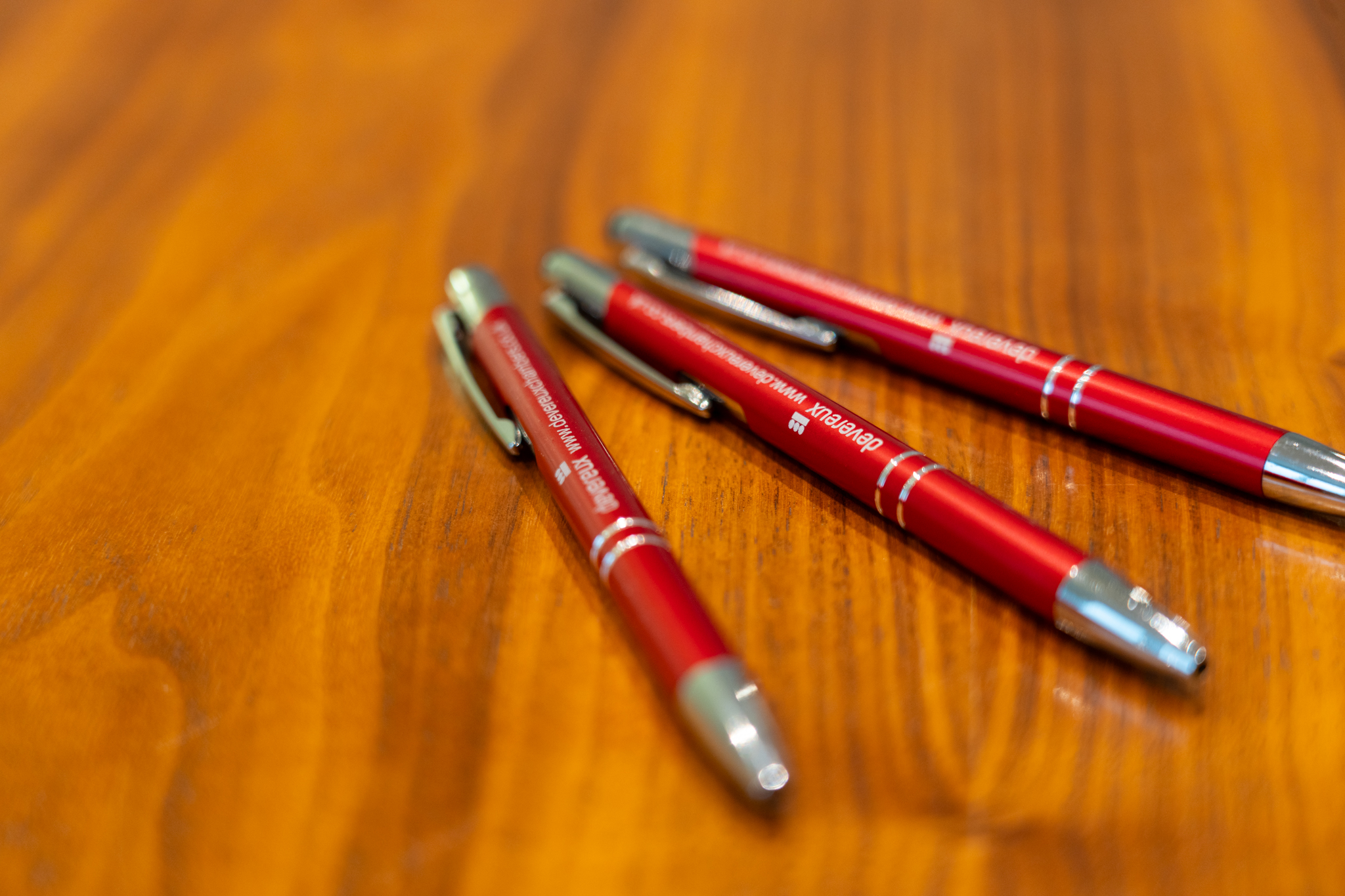John Platts-Mills successfully resists appeal against Covid-19 related Harassment claim
1. In NSL Ltd v Mr P Zaluski [2024] EAT 86 the claimant (respondent to the appeal) exceeded an authorised period of leave, principally as a result of having to quarantine when returning to Poland during the pandemic to attend to his father’s funeral. In a series of emails in connection with this trip, his line manager had repeatedly threatened him with disciplinary action if he overstayed. He subsequently received a final written warning
2. HHJ Auerbach held that the employment tribunal had properly found that the making of repeated threats by the line manager was influenced by his view of the claimant’s conduct in relation to two previous episodes of absence, and that that negative view in turn was influenced by the claimant’s race. There was no need to draw upon the full breadth of the “related to” concept in s.26 EA 2010, the claimant could rely upon the line manager’s motivations – applying Tees Esk and Wear Valley NHS Foundation Trust v Aslam [2020] IRLR 495 (§103-109).
3. The appellant employer was successful in its appeal against a finding that its policies were indirectly discriminatory because the employment tribunal had erred in determining the appropriateness and proportionality of them for the purposes of s.19(2)(d) of the Equality Act 2010. The law requires a balancing exercise between the discriminatory impact on the disadvantaged group and the employers’ legitimate aim – the employment tribunal had placed too much weight on the claimant’s particular circumstances: see Hardys & Hansons plc v Lax [ [2005] ICR 1565. The ‘language and strength of the expression of the present tribunal’s views and conclusions’ were such that the matter was remitted to a different panel (§120-121).
4. The decision of HHJ Auerbach is a useful reminder that whilst there can be conduct in the course of litigation of such an egregious character that, if it exacerbates the distress caused by the original wrong, it may sound in aggravated damages, ‘the bar is a high one’ (§110-113).
Back to News


